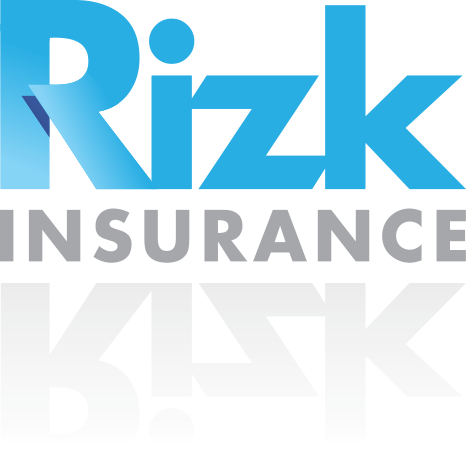[vc_row css_animation=”” row_type=”row” use_row_as_full_screen_section=”no” type=”grid” angled_section=”no” text_align=”left” background_image_as_pattern=”without_pattern” css=”.vc_custom_1520458477409{padding-right: 50px !important;padding-left: 50px !important;}” z_index=””][vc_column][vc_column_text]
If you are involved in an automobile collision you may likely be overwhelmed. Try to remain calm. Being in an automobile collision can be stressful regardless if it happens in a parking lot or a busy street however knowing the basic steps to take following a collision can ensure your post-collision experience goes as smoothly as possible.
First Steps:
The first step in any automobile collision is to stop. If your vehicle is involved in a collision you must stop, otherwise you may be subject to demerit points or criminal prosecution.
Once you have stopped, call 9-1-1 if anyone involved in the collision is seriously injured or if you suspect any other driver may be guiltily of a Criminal Code offence (i.e. impaired driving). Basic first-aid stipulates that anyone who may have been injured should not be moved as you may aggravate their injuries.
If you have deemed your vehicle drivable and there are no serious injuries, you can move your vehicle to a safe area on the side of the road and out of the way of traffic. If your vehicle is not drivable, turn on your hazard lights. When applicable, place cones, warning triangles or flares to inform other drivers of the obstacle. Ensuring your safety and the safety of others following a collision is imperative.
When to Call the Police:
After any automobile collision, the police should be called if:
- anyone is injured;
- any driver does not have documentation such as a driver’s licence, registration or insurance; and/or
- one or more of the vehicles isn’t drivable;
- there is significant damage to the vehicle (totaling more than $2,000), you must go to a police station and file a Collision Report Form. Auto body shops are prohibited from making collision-related repairs on vehicles that have sustained more than $2,000 worth of damage without the applicable collision sticker that is provided from the police after a collision is reported.
Exchanging Information:
Ensure you exchange contact and insurance particulars with all parties involved (drivers and passengers).
Personal contact information should include:
- name, address, phone number and drivers license number
Vehicle particulars should include:
- vehicle license plate number, car make and model and VIN number.
Insurance particulars should include:
- insurance company, insurance broker or agent, insurance policy number and expiry date.
In addition to the contact information, note the particulars of the collision, such as:
- date, time and location of the collision;
- direction and speed that each vehicle was travelling;
- weather and road conditions at the time of the collision;
- names and badge numbers of any police officers who attended the collision;
- names, address and phone numbers of any witnesses.
If possible, take pictures of the accident scene and the vehicles.
If one of the parties refuses to provide their information, document the licence plate number, vehicle description and any driver description before they leave the accident site.
The Calgary Police Service provides a simplified checklist to keep handy in your vehicle: http://www.calgary.ca/cps/Documents/CollisionChecklist.pdf
Next Steps:
If you are not injured and your vehicle is drivable, you can leave the collision scene. If your vehicle is not drivable, you must make arrangements for it to be removed from the road. If the collision involved an unattended vehicle, you must notify the owner of any damage. If the owner is not around (i.e. you have hit a parked car) you must leave a note attached to the damaged vehicle, documenting your name, address, phone number, driver’s licence number and licence plate number. If your collision has damaged or knocked down any traffic safety device, road or railroad sign or signal, or any public property, you must report the damage to the police immediately.
Notify Your Insurer:
After completing all of the above steps, advise your insurance company. They will want to know the details of the collision, injuries and damages. Your Insurance company is there to help and can guide you in the post collision process including recommending repair shops. Taking the time to report and discuss the collision with your Insurance provider will ensure that no step is being overlooked and provide you with the peace of mind that someone is there to answer any additional questions or concerns you may have.
An auto collision does not end when you drive away, and it is natural to experience an array of emotion. You are not alone; let your Insurance Company assist you.
[/vc_column_text][/vc_column][/vc_row]
